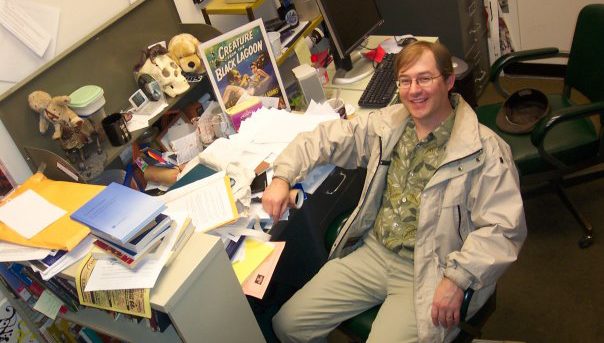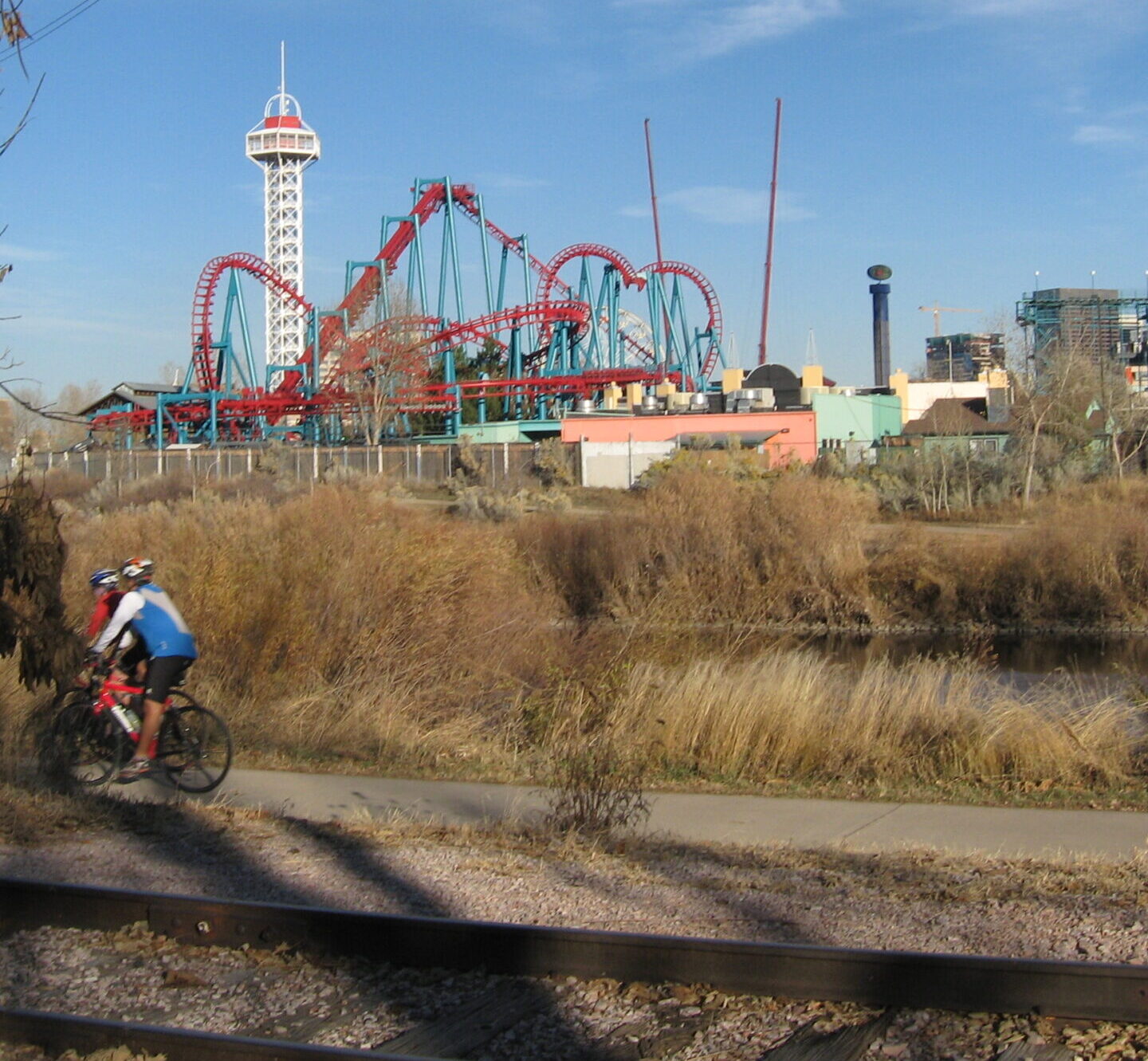For those of us who enjoy reading, a library is full of delightful experiences. However, not all experiences are going to delight all readers. Books are written to achieve different emotional and cognitive impacts, and the type of impact each book achieves will influence whether you are likely to enjoy it or not.
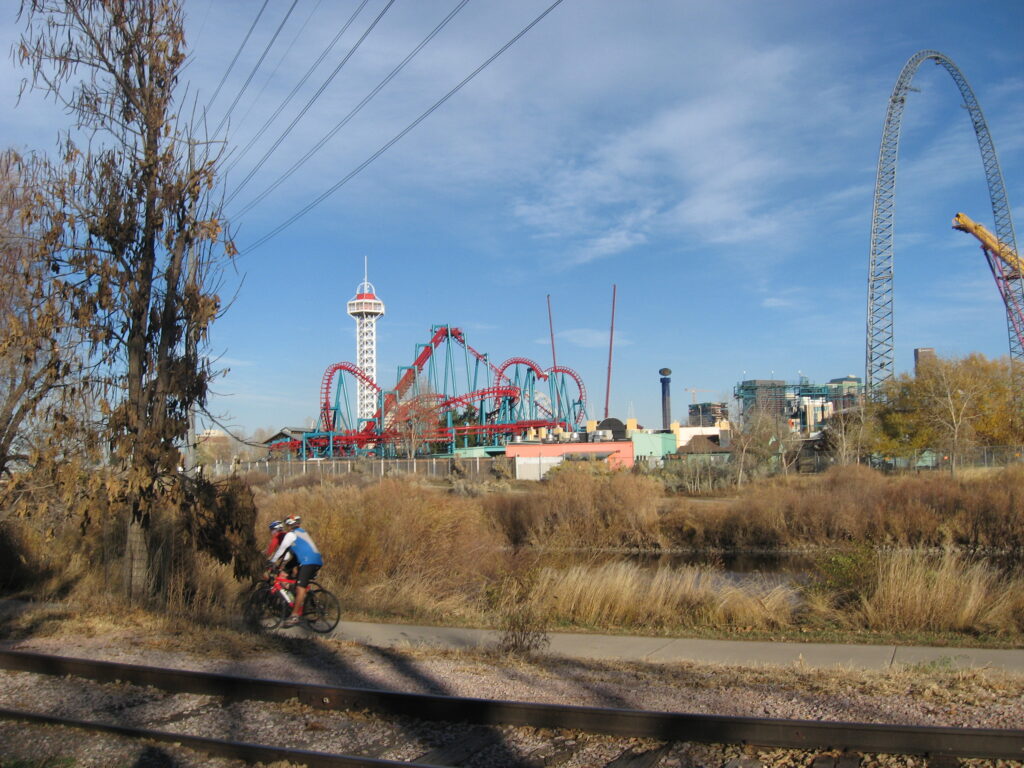
In thinking about the kind of books I like to read, and the kind of books I like to write, I think it’s helpful to imagine that a library is an amusement park. I like this metaphor in part because it captures the feeling I get when I enter the library: there are so many possibilities stretching before me. Wonderful experiences await in every corner, you just have to find them. A library is better than an amusement park, though, because it doesn’t have the crowds, noise, and lines, though we’ll have to admit that it’s a little disappointing that there’re no funnel cakes or corn dogs. The metaphor is also helpful in understanding that just as there are different kinds of rides, so there are different kinds of books, and understanding what kind of book you’re picking up can help you decide if you’re going to like it or not.
I’m going to talk about a few kinds of books that I enjoy reading, comparing them to amusement park rides that seem good metaphors for what people like about these books. I’ll also talk about the types of books that I write, and why I choose to write them.
Genre vs. Mechanisms
I’m not talking about a book’s genre per se, more about the underlying mechanics: plot, pacing, and structure. A book’s genre is more like the theming of the ride, which can be very different even when rides have fairly similar mechanisms. Consider, for example, the so-called “Looping Starship” ride, in which a pendulum vehicle is driven through a full rotation. Although the namesake ride was space themed, very similar rides are themed after jet fighters, Viking ships, pirate ships, even Egyptian barges.
This is not to say that the two aren’t connected. The swinging ship ride, which is like the “Looping Starship,” but doesn’t execute a full rotation, is almost always themed as a sea ship. The rocking motion is probably too suggestive of a ship at sea to encourage other themes. When the “Looping Starship” developed, though, ride designers were torn between the impulse to update with a spaceship or jet and the impulse to maintain tradition with a nautical theme. When I have a sense that particular structures seem to fit certain genres, I’ll mention the connections I see.
Ferris Wheel
A Ferris wheel is a simple ride. You sit in a car at the radius of a large, upright mechanical wheel. As the machine drives the wheel, your car, which might be open or enclosed, will rise up to the top, then descend to the ground. You get out, having gotten an elevated perspective on the world.
Ferris wheel books give you a momentary sense of clarity. For just a short instant, the entire chaotic world around you seems to make sense. Then you close the book and descend back into your normal life.
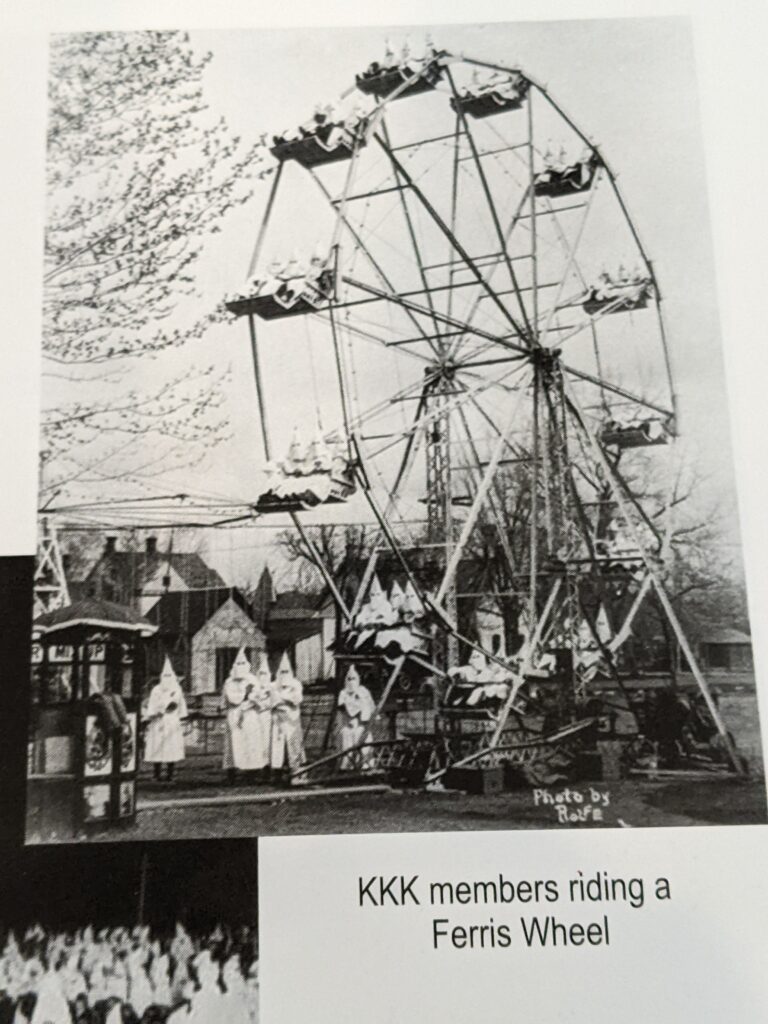
This is a common style for inspirational books, as well as highly literary novels. To the Lighthouse by Virginia Woolf is my favorite example of a Ferris wheel novel. This also used to be a fairly common mode for science fiction back in the pulp days. Arthur C. Clarke wrote many novels that I would consider Ferris wheels, including Childhood’s End, Rendezvous with Rama, and the novel 2001.
I don’t think I could write a Ferris wheel book—I’ve never felt that much clarity in my life. I wouldn’t know how to represent it.
Carousel
A carousel is also a simple ride. It’s almost like a Ferris wheel turned on its side, but this creates a critical difference: you don’t get the long view from riding a carousel. You’re not going fast. You’re not going far. So what does this ride offer? It surrounds you in beauty. The carousel horses are beautifully carved and ornamented. There’s delightful music playing. People are laughing or talking happily. Your friends and family are either riding with you or they’re waiting beside the carousel, and the ride moves slowly enough that you can easily wave to them as you pass.
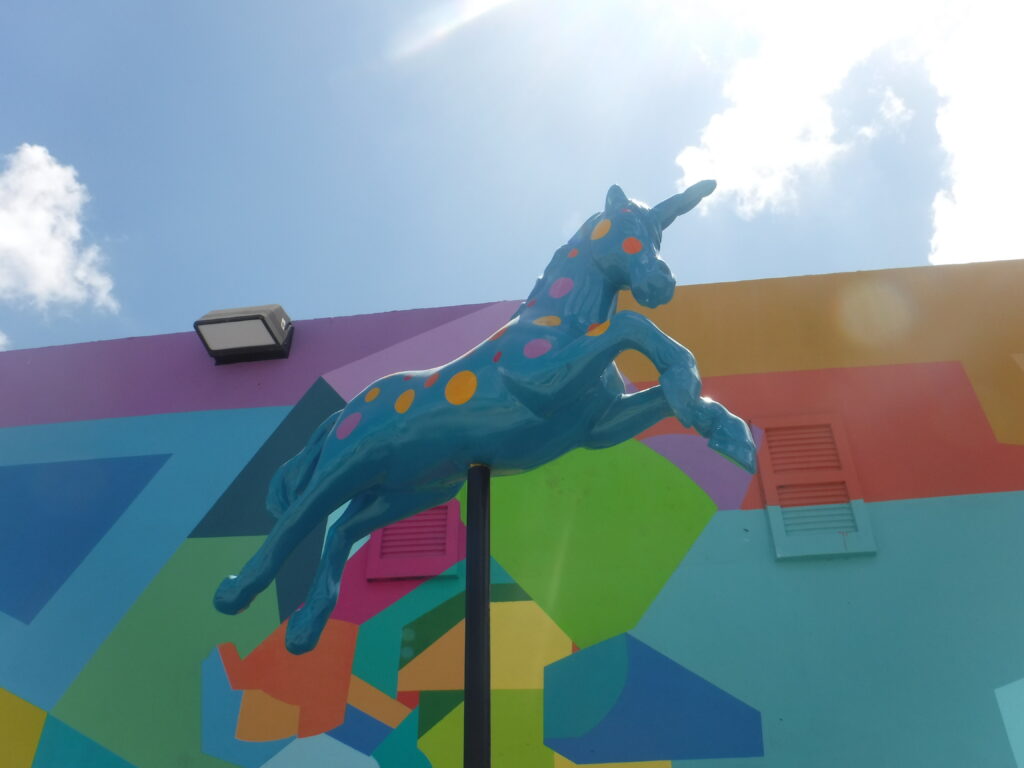
Carousel books are beautiful objects to read and behold. They are wonderfully written, full of pretty little phrases and delightful characters. Or sometimes the language is incredibly dense and intricate. If there is a theme, it’s not a strong one, and it doesn’t stick with you so much as the experience of reading.
Carousel books are also popular literary novels. The prose itself is the point, more than the plot or the characters or the setting. Perhaps my favorite carousel book is Possession: A Romance by A. S. Byatt. Simply a beautiful book that I loved to read and recommended to perhaps everyone I knew for nearly a decade. Poetry collections often seem like carousel books to me, too.
Carousel books seem almost impossible to write. How could I create prose so beautiful that people can enjoy the book just for the writing? If I were to attempt such a thing, I would have to be prepared to revise it extensively over a long period of time.
Dark Rides
“Dark rides” is not a category that most people talk about. Nobody comes to an amusement park saying, “Ooh, I want to go on the dark ride.” But we all have a sense of what they are. Traditional “tunnel of love” type rides where you’re in a car on a track or in a little boat and are exposed to various sights. The traditional dark ride features scary sights. Things jump out at you to startle or amaze you.
The traditional dark ride has been in abeyance for years. They feature more in TV and movies than in actual amusement parks. However, the modern form of the dark ride is very popular in Disney parks, Universal Studios, and other places where the ride experience emphasizes engaging with sights and sounds rather than on the motion of riding.
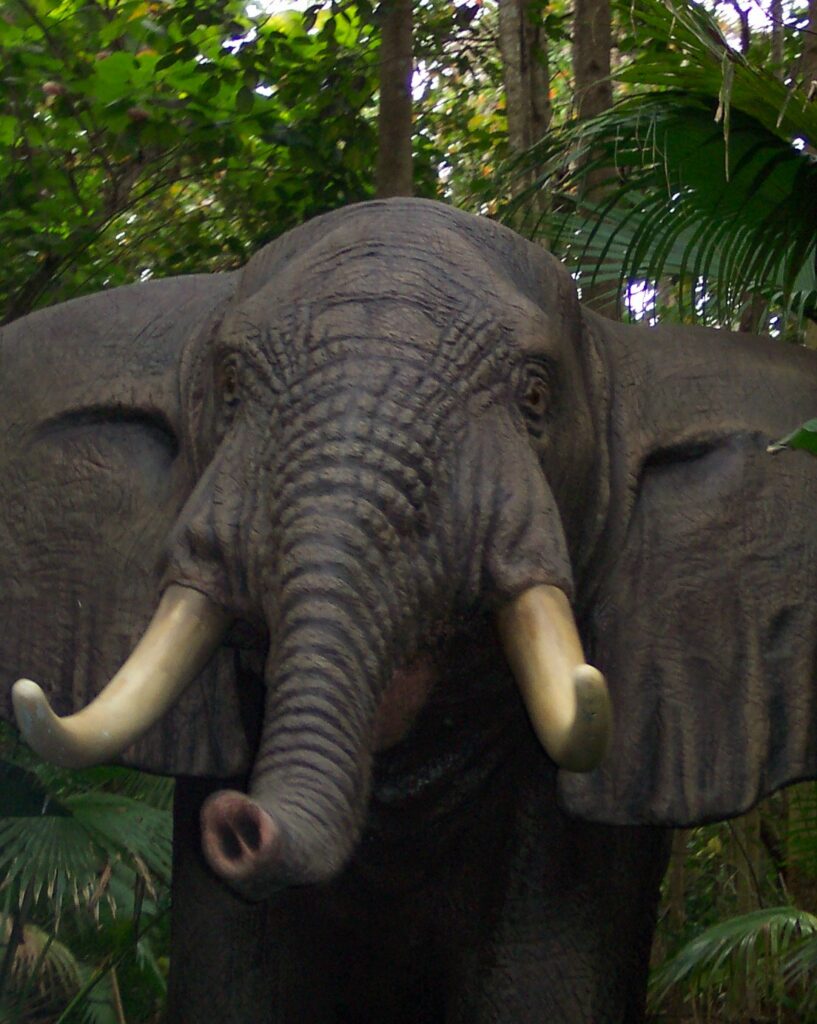
In many ways, dark rides are similar to carousels. However, they are more about movement, and the experiences are more variable. Traditional genre novels often fit into this category as they move at a steady but potentially slow pace from one set piece to another. Of course, in the context, you might think about horror novels, but I think cozy mysteries generally fit into this category as well—remember, Disney’s “It’s a Small World,” is technically a dark ride.
I’ve written a few dark ride style novels, but none of them are published.
Flume Rides
Flume rides are a variation on the dark rides model. They are typically designed with a boat—often shaped like a log—that is driven by a steady current through a leisurely set of curving channels. Depending on the ride, there are likely to be sights to see. For example, Disney’s “Splash Mountain” featured a story based on Song of the South with Brer Rabbit, Brer Fox, and Brer Bear.
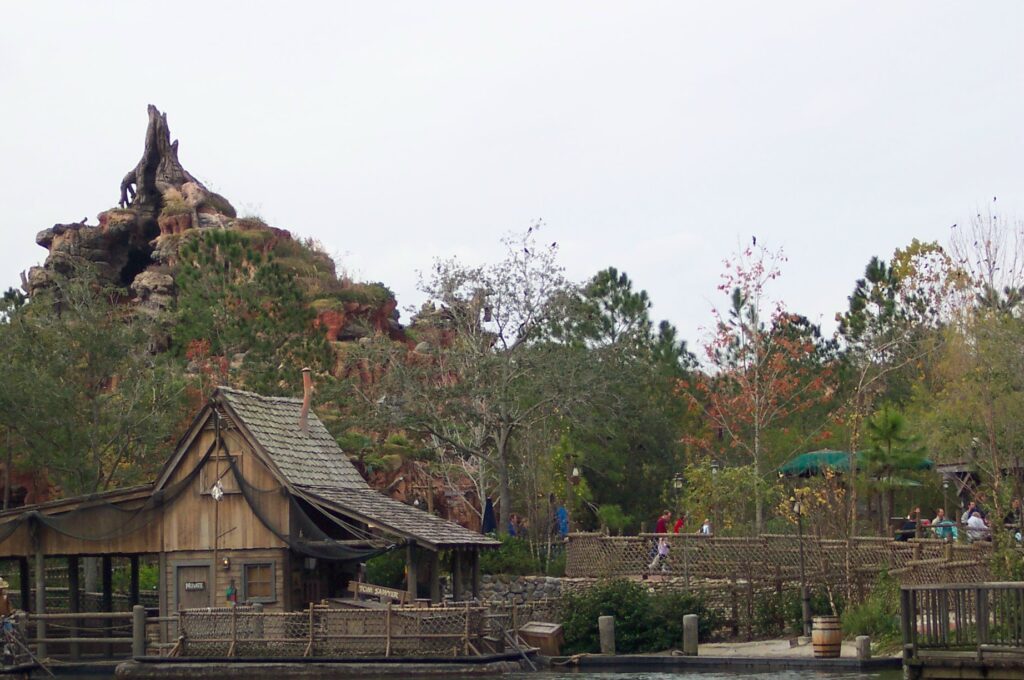
The major feature of the flume ride is the big drop. Once or twice in the ride, the log boat gets lifted up a conveyor belt to a high part of the channel. There, the swift current will take it down a steep drop, with a sudden curve out of the drop so that the boat creates a big splash at the bottom, which makes it popular on hot days.
Flume ride books can seem slow and meandering for much of their length but accelerate their pace at the end. Some modern genre novels are built this way, with an early section focused on world-building, but becoming increasingly plot-driven toward the end.
Personally, I have employed this mode for the Cult of Mithras books: Speak Truth to Fire and The Well Amid the Waste. I like putting the bulk of the novel into exploring the characters and the setting, then bringing everything together close to the end for a rapid resolution.
Rollercoasters
Of course, the big-name attractions in most amusement parks these days are rollercoasters. Fast-paced thrill rides, they turn inertia into emotion with steep drops, fast curves, and sometimes loops. Ride designers experiment with different ways of making a coaster feel scarier, with standing coasters and hanging coasters. Some experiment with dark ride-like story effects, from “Space Mountain” in Disneyland to “Verbolten” at Busch Gardens, as well as many others. However, the key attraction of rollercoasters is their speed, acceleration, and jerk. It is the relentless motion of rollercoasters that defines them.
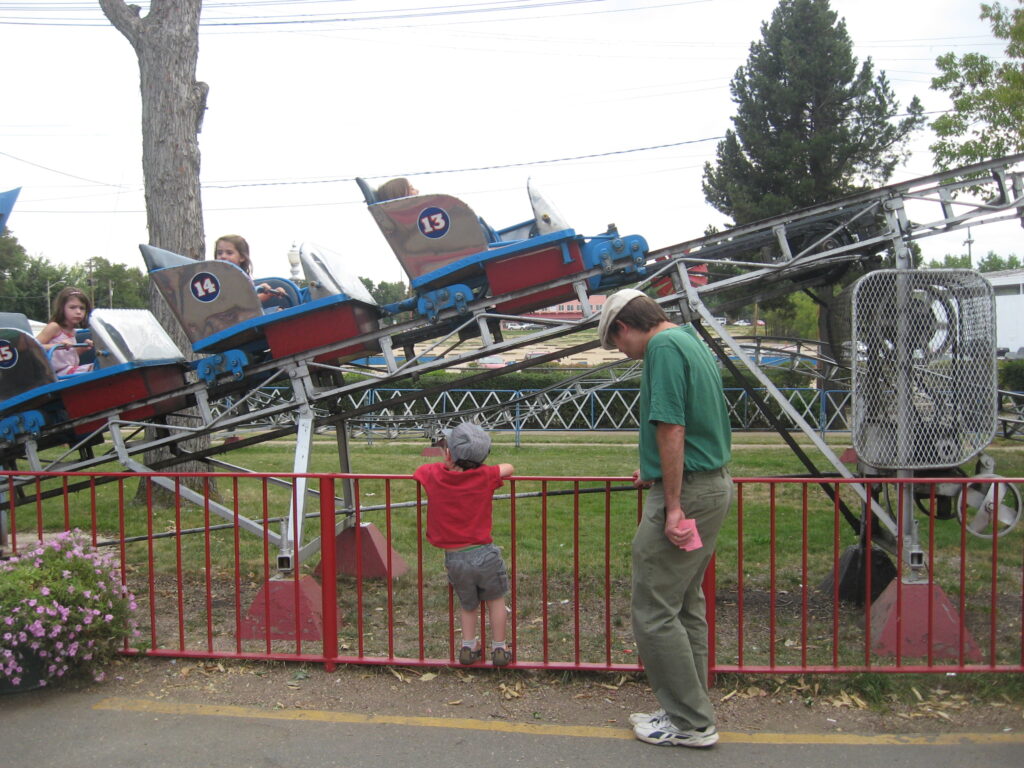
Rollercoaster books are highly plot-driven novels designed to move their readers through them faster than crap through a goose, and hopefully on to the next book! Just like rollercoasters, they’re the moneymakers in our amusement park of a library. Not always the biggest best-sellers but producing reliable volume over time.
Most rollercoaster books are genre books of various types, including adventure, romance, sci-fi, and fantasy, although they ultimately fall into their own genre. The generic tropes can sometimes be little more than window-dressing for the book’s action.
Wooden Coasters and Steel Coasters
I would also like to distinguish between traditional wooden coaster books and more modern steel coaster books. Traditional wooden coaster books tend to be short, and their action, although intense, tends to be brief. They are not as tightly plotted, and in reading them you can feel the rickety construction under you, which has its own drama.
Modern steel coasters tend to be much longer, and they’re more tightly plotted. Although they’re less likely to have plot holes and have more intricate complications, they’re also more likely to be formulaic. Modern authors increasingly work from readily available beat sheets and create novels with predictable structures and pacing. Or, if they don’t, developmental editing helpfully supplies it. People who can read these longer novels with appropriate speed might appreciate the effect created by these tight turns and wild loops.
However, I’m a slow reader, and that takes all the swoop out of the loops. Instead, the repetitive, and often unnecessary additional complications these novels add become tedious to me. Often, I will read these novels and feel that they should be ending, only to realize that there’s still a quarter of the novel or more to go. Sure enough, there’s an extra crisis, some additional turn of the screw, that’s supposed to ramp up tension even more. Then, after 100 more pages, the novel ends exactly as it should have without the added complications.
So although I sometimes write rollercoaster books, I only write wooden coasters. They’re a little rickety, sure, but they’re mercifully short, and that helps make them enjoyable rides. Star Pepper is an example of a wooden coaster, as will be my upcoming series of dinosaur adventure novels, The Argent Abyss.
Find the Rides You Enjoy
Books offer an incredible diversity of experiences for readers. They’re at least as diverse as amusement park rides, and, I think, even more enjoyable. Plus, they’re a fraction of the cost of spending a day at the park.
You’ll have to make your own popcorn, though—and funnel cakes, which I haven’t figured out how to make at home.
